Description
Tramadol is a synthetic opioid analgesic that is commonly used to treat moderate to severe pain. It is classified as a centrally acting analgesic, meaning that it works by altering the way the brain perceives and responds to pain signals. is available in various forms, including tablets, capsules, and injections.
exerts its analgesic effects through multiple mechanisms. It acts as a weak mu-opioid receptor agonist, which means it binds to and activates the mu-opioid receptors in the brain and spinal cord. This activation leads to a decrease in the transmission of pain signals and an increase in pain tolerance.
In addition to its opioid activity, also inhibits the reuptake of norepinephrine and serotonin. By blocking the reuptake of these neurotransmitters, tramadol increases their availability in the synaptic cleft, leading to enhanced pain relief. The exact contribution of these non-opioid mechanisms to tramadol’s analgesic effects is still not fully understood.
is rapidly absorbed after oral administration, with peak plasma concentrations reached within 1-2 hours. The drug undergoes extensive metabolism in the liver by various cytochrome P450 enzymes, primarily CYP2D6 and CYP3A4. These enzymes convert tramadol into its active metabolite, O-desmethyltramadol (M1), which has a higher affinity for mu-opioid receptors than tramadol itself.
The elimination half-life of tramadol is approximately 6 hours, while that of M1 is around 7-9 hours. Both and its metabolites are primarily excreted through the kidneys. Renal impairment can significantly affect the pharmacokinetics of tramadol, leading to increased exposure and prolonged elimination half-life.
is commonly prescribed for the management of moderate to severe pain, such as that caused by surgical procedures, injuries, or chronic conditions like osteoarthritis. It may also be used as an adjunctive therapy in the treatment of neuropathic pain.
Dosage and Administration
The dosage of varies depending on the severity of pain and individual patient factors. The usual starting dose for adults is 50-100 mg every 4-6 hours as needed for pain relief. The maximum daily dose should not exceed 400 mg.
It is important to note that tramadol should be used with caution in certain patient populations. Elderly patients, those with impaired hepatic or renal function, and individuals with a history of substance abuse or addiction may require dose adjustments or closer monitoring.
is generally well-tolerated, but like other opioids, it can cause a range of adverse effects. Common side effects include nausea, dizziness, constipation, headache, and drowsiness. These effects are usually mild and transient.
More serious adverse effects may occur in rare cases and can include respiratory depression, seizures, serotonin syndrome (especially when combined with other serotonergic drugs), and allergic reactions. has a lower risk of respiratory depression compared to other opioids, but caution should still be exercised when prescribing it to patients with respiratory conditions. 50 mg tramadol
Drug Interactions
has the potential to interact with several medications due to its effects on various neurotransmitter systems. It should not be used concomitantly with monoamine oxidase inhibitors (MAOIs) or within 14 days of discontinuing MAOI therapy due to the risk of serotonin syndrome.
Other drugs that may interact with tramadol include selective serotonin reuptake inhibitors (SSRIs), serotonin-norepinephrine reuptake inhibitors (SNRIs), tricyclic antidepressants, antipsychotics, and certain antimigraine medications. These interactions can lead to an increased risk of serotonin syndrome or other adverse effects.
Abuse Potential and Dependence
has a lower potential for abuse compared to other opioids, but it is not completely devoid of abuse liability. Prolonged use or misuse of can lead to physical dependence and withdrawal symptoms upon discontinuation. Patients should be closely monitored for signs of misuse or addiction, especially those with a history of substance abuse.
Conclusion
is a synthetic opioid analgesic that is commonly used for the management of moderate to severe pain. It exerts its analgesic effects through a combination of mu-opioid receptor activation and inhibition of norepinephrine and serotonin reuptake. is generally well-tolerated, but it can cause side effects such as nausea, dizziness, and constipation. It has a lower risk of respiratory depression compared to other opioids but can still interact with other medications and has the potential for abuse and dependence.
How to Keep : A Comprehensive Guide
is a prescription medication commonly used to treat moderate to severe pain. It belongs to a class of drugs known as opioid analgesics and works by binding to opioid receptors in the brain, reducing the perception of pain. As with any medication, it is important to store properly to ensure its effectiveness and prevent misuse or accidental ingestion by others. In this comprehensive guide, we will discuss the best practices for storing safely.
1. Keep in a Secure Location: The first step in keeping safe is to store it in a secure location that is out of reach of children, pets, and anyone who may misuse or abuse the medication. Consider using a lockable medicine cabinet or a locked drawer to ensure restricted access.
2. Store at Room Temperature: should be stored at room temperature, typically between 68°F and 77°F (20°C and 25°C). Avoid exposing the medication to extreme temperatures, such as direct sunlight, heat sources, or freezing temperatures. Fluctuations in temperature can affect the stability and potency of the drug.
3. Protect from Moisture: Moisture can degrade the quality of tablets or capsules. It is essential to keep the medication in its original container with a tightly closed lid to prevent exposure to humidity or moisture. Avoid storing in bathrooms or other areas prone to high humidity levels.
4. Keep Away from Light: Exposure to light can also impact the stability of . Store the medication in its original packaging, which is designed to protect it from light exposure. If you need to transfer the pills or capsules into another container for convenience, choose an opaque container that blocks light.
5. Do Not Store Expired : Check the expiration date on the packaging and discard any medication that has passed its expiration date. Expired medications may not be as effective and can potentially cause harm if consumed.
6. Keep in its Original Packaging: It is crucial to keep in its original packaging, which includes important information such as the dosage, expiration date, and instructions for use. This packaging also helps to protect the medication from environmental factors that could compromise its quality.
7. Avoid Pill Splitting: tablets are often scored, meaning they have a line down the middle that allows for easy splitting. However, it is generally recommended to avoid splitting pills unless specifically instructed by a healthcare professional. Splitting pills can affect their stability and may lead to inaccurate dosing.
8. Do Not Share : is prescribed for specific individuals and should not be shared with others, even if they have similar symptoms or conditions. Sharing prescription medications is illegal and can lead to serious health risks.
9. Dispose of Unused Properly: If you have any unused or expired , it is essential to dispose of it properly to prevent accidental ingestion or misuse. Follow local guidelines for medication disposal or consult with a pharmacist for guidance on safe disposal methods.
10. Keep Track of Usage: It is important to keep track of your usage to ensure you are taking the medication as prescribed and not exceeding the recommended dosage. Consider using a pill organizer or setting reminders to help you stay organized and avoid missed doses.
By following these guidelines, you can ensure that your remains safe, effective, and ready for use when needed. Remember to consult with your healthcare provider or pharmacist if you have any specific questions or concerns about storing .
Is tramadol a strong painkiller?

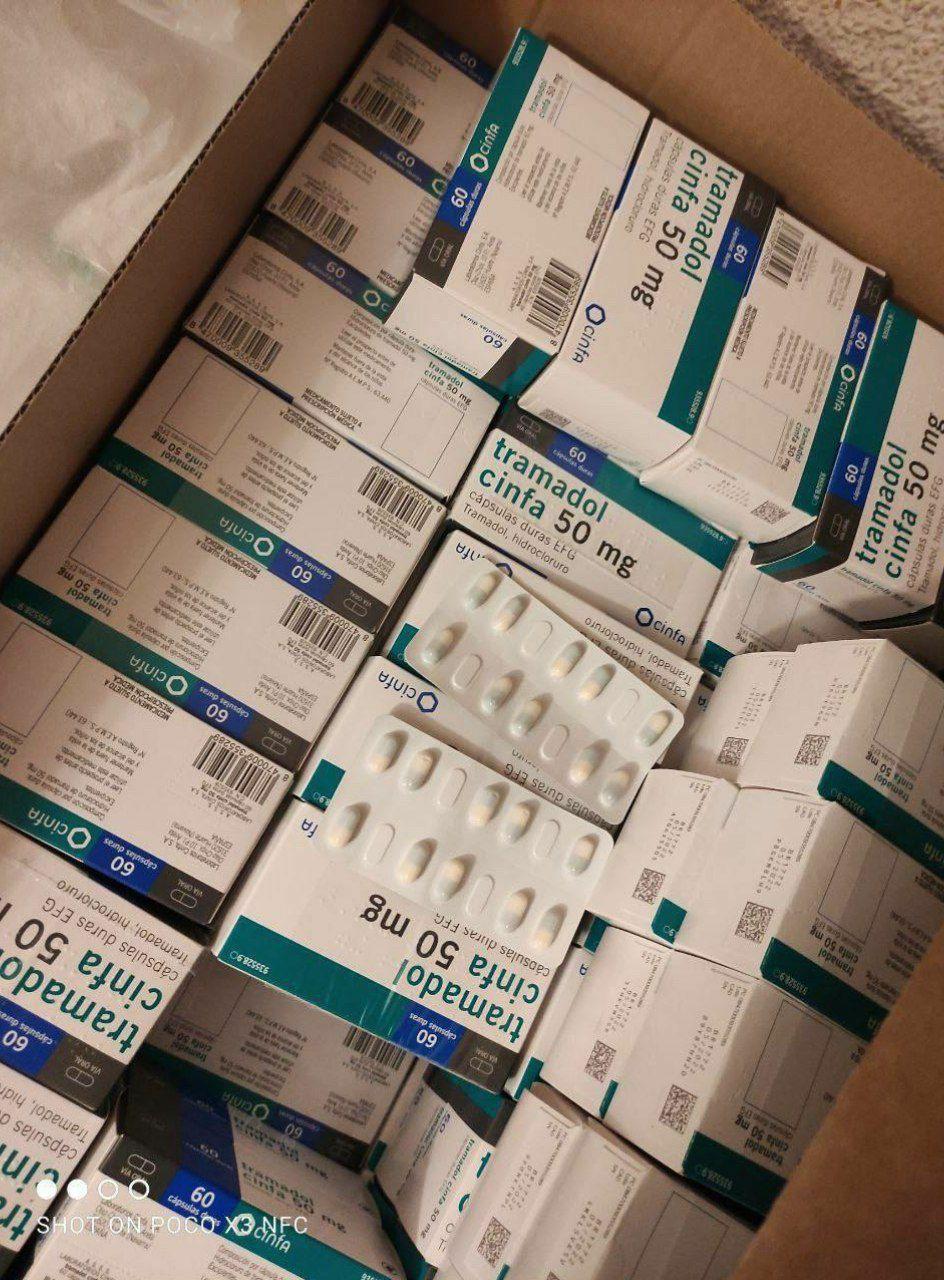
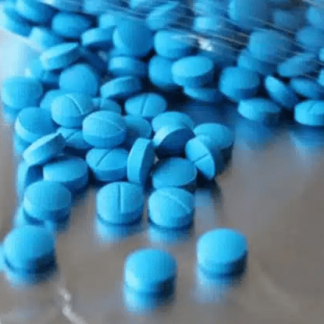
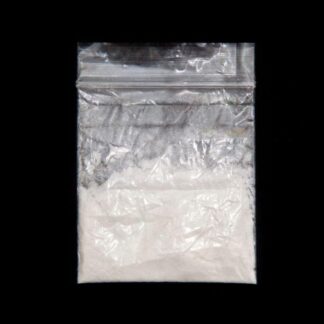
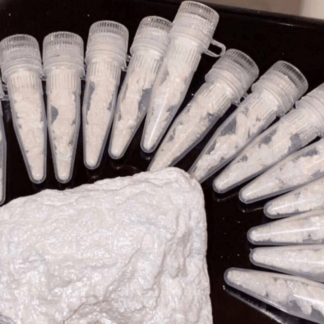


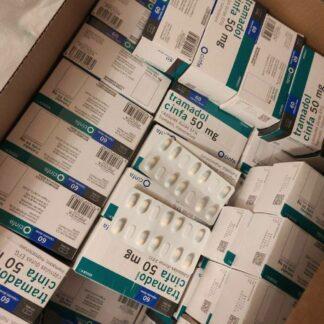
Reviews
There are no reviews yet.